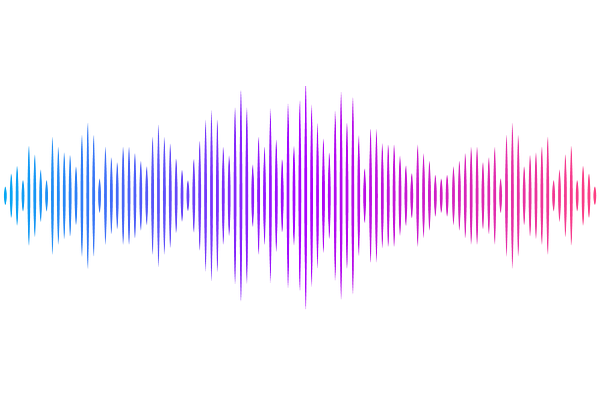The star HIP 41378 potentially misaligned with its cohort of long-period planets

The star HIP 41378 potentially misaligned with its cohort of long-period planets
S. Grouffal, A. Santerne, V. Bourrier, V. Kunovac, C. Dressing, B. Akinsanmi, C. Armstrong, S. Baliwal, O. Balsalobre-Ruza, S. C. C. Barros, D. Bayliss, I. J. M. Crossfield, O. Demangeon, X. Dumusque, S. Giacalone, C. K. Harada, H. Isaacson, H. Kellermann, J. Lillo-Box, J. Llama, A. Mortier, E. Palle, A. S. Rajpurohit, M. Rice, N. C. Santos, J. V. Seidel, R. Sharma, S. G. Sousa, L. Thomas, E. V. Turtelboom, S. Udry, P. J. Wheatley
AbstractThe obliquity between the stellar spin axis and the planetary orbit, detected via the Rossiter-McLaughlin (RM) effect, is a tracer of the formation history of planetary systems. While obliquity measurements have been extensively applied to hot Jupiters and short-period planets, they remain rare for cold and long-period planets due to observational challenges, particularly their long transit durations. We report the detection of the RM effect for the 19-hour-long transit of HIP 41378 f, a temperate giant planet on a 542-day orbit, observed through a worldwide spectroscopic campaign. We measure a slight projected obliquity of 21 $\pm$ 8 degrees and a significant 3D spin-orbit angle of 52 $\pm$ 6 degrees, based on the measurement of the stellar rotation period. HIP 41378 f is part of a 5-transiting planetary system with planets close to mean motion resonances. The observed misalignment likely reflects a primordial tilt of the stellar spin axis relative to the protoplanetary disk, rather than dynamical interactions. HIP 41378 f is the first non-eccentric long-period (P>100 days) planet observed with the RM effect, opening new constraints on planetary formation theories. This observation should motivate the exploration of planetary obliquities across a longer range of orbital distances through international collaboration.